The variation of decay rate of two radioactive samples A and B with time is shown in fig.

Which of the following statements are true?
Decay constant of A is greater than that of B, hence A always decays faster than B.
Decay constant of B is greater than that of A but its decay rate is always smaller than that of A.
Decay constant of A is greater than that of B but it does not always decay faster then B.
Decay constant of B is smaller than that of A at a later instant.
The correct Answer is:C, D
∣∣∣dNdt∣∣∣=λN0e−λt⇒∣∣∣d2Ndt2∣∣∣=λ2N0eλt
at instant when
∣∣∣dNdt∣∣∣A=∣∣∣dNdt∣∣∣B,(slope)A>(slope)B
⇒λA>λB.
Topper's Solved these Questions
- BOOK - NARAYNACHAPTER - NUCLEAR PHYSICSEXERCISE - Previous JEE questions21videos
NUCLEAR PHYSICS
- BOOK - NARAYNACHAPTER - NUCLEAR PHYSICSEXERCISE - LEVEL-I-(H.W)16videos
NUCLEAR PHYSICS
- BOOK - NARAYNACHAPTER - NUCLEAR PHYSICSEXERCISE - Level-V Multiple answer questions45videos
NUCLEAR PHYSICS
- BOOK - NARAYNACHAPTER - MOVING CHARGES AND MAGNETISMEXERCISE - EXERCISE - 420videos
MOVING CHARGES AND MAGNETISM
- BOOK - NARAYNACHAPTER - NUCLEI EXERCISE - ASSERTION & REASON5videos
NUCLEI
Similar Questions
Knowledge Check
- Question 1 - Select One or More
For the circuit shown in Fig. Which of the following statements are correct?
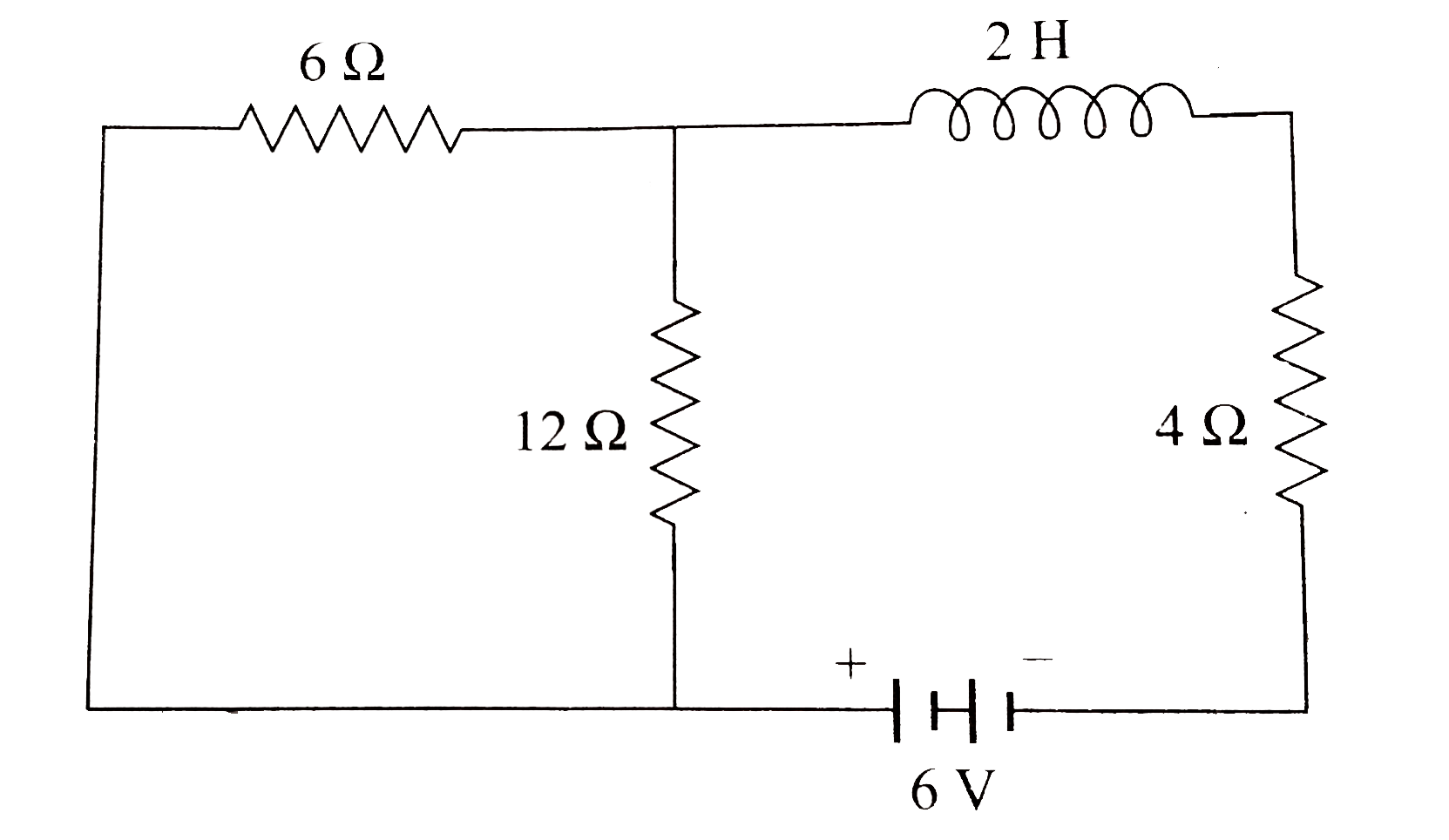 AIts time constant is 0.25 sBIn steady sate, current through inductance will be equal to zeroCIn steady state, current through the battery will be equal to 0.75 ADNone ot the above.
AIts time constant is 0.25 sBIn steady sate, current through inductance will be equal to zeroCIn steady state, current through the battery will be equal to 0.75 ADNone ot the above. - Question 2 - Select One
The rate of decay (R) of nuclei in a radioactive sample is plotted against time (t). Which of the following best represents the resulting curve ?
A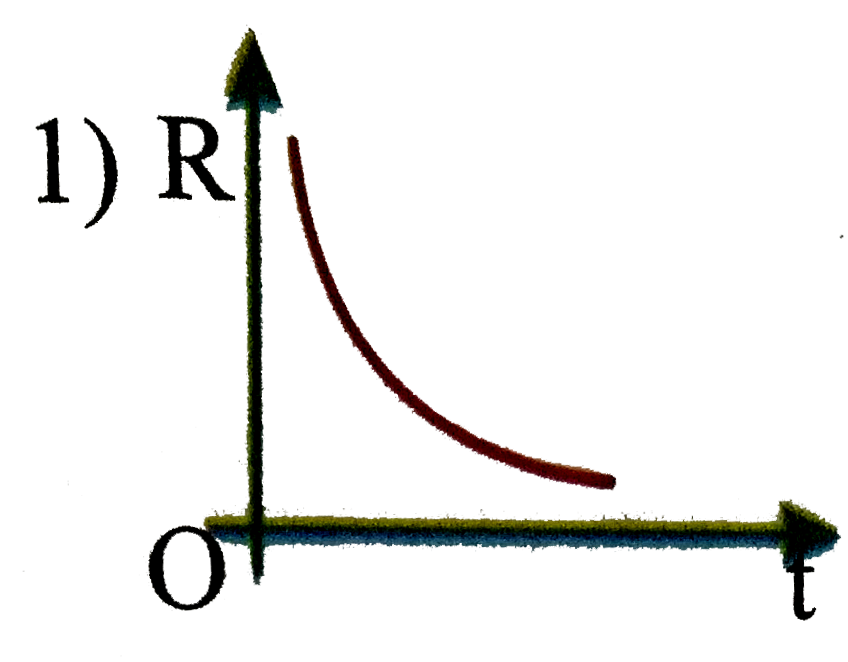 B
B C
C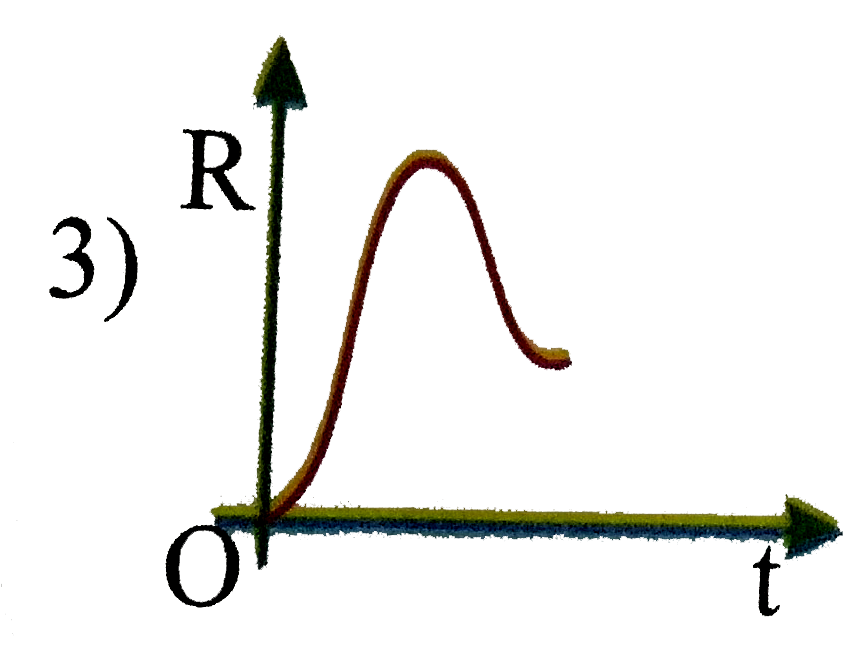 D
D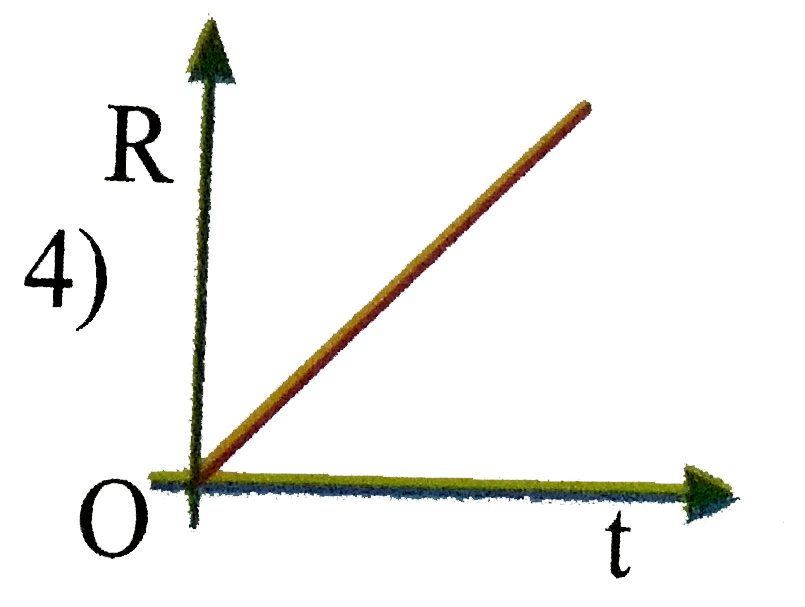
- Question 3 - Select One
The rate of decay (R) of nuclei in a radioactive sample is plotted against time (t). Which of the following best represents the resulting curve ?
A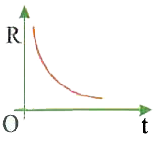 B
B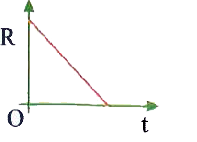 C
C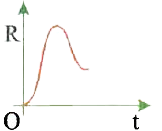 D
D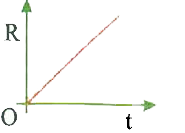
There are two coils A and B as shown in Fig.
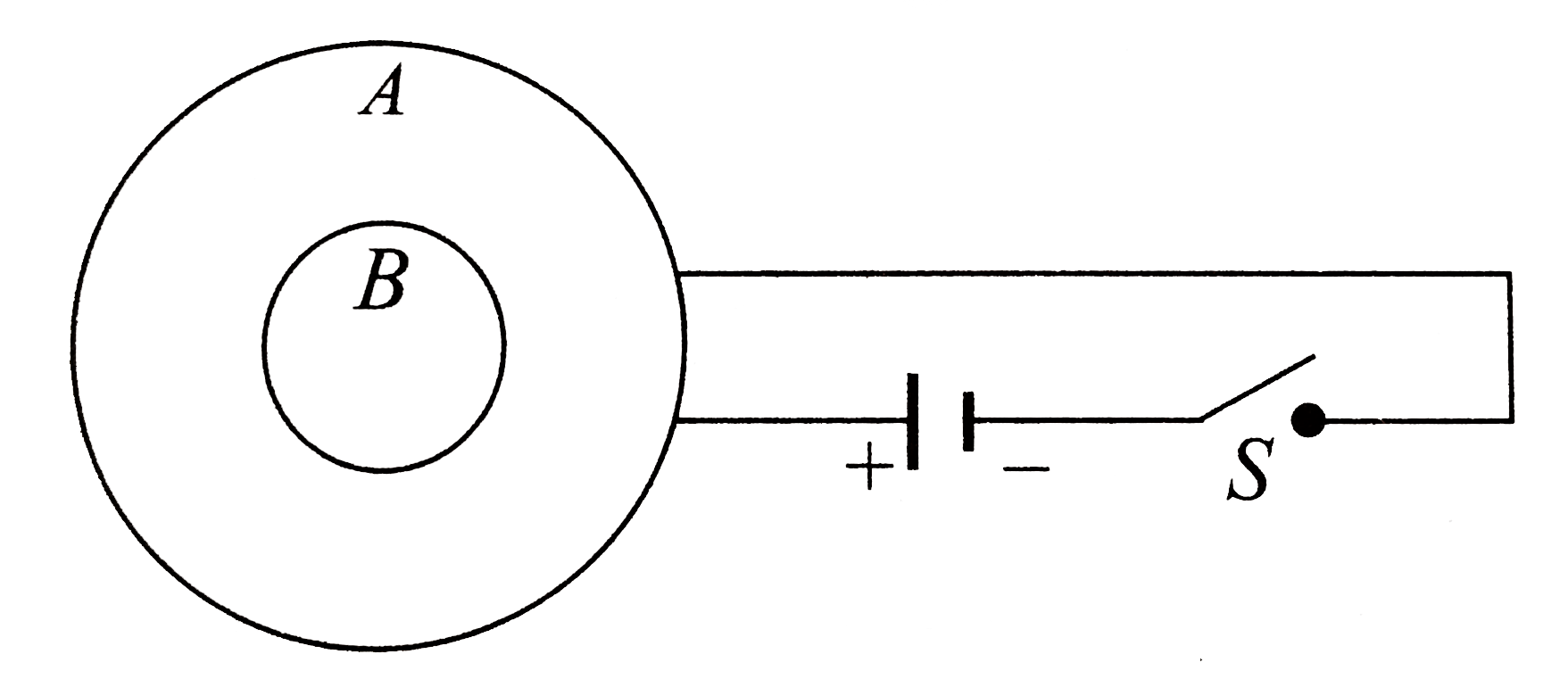 View Solution
View SolutionThe distance - time graph for the motion of two vehicles . A and B is given below. Which one of the following statements is true ?
 View Solution
View SolutionThe distance-time graph for the motion of two vehicles A and B is given below. Which one of the following statements is true ?
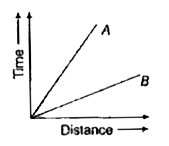 View Solution
View SolutionConsider the decay of P to A and B by two parallel first order reactions as shown in Fig. Given Which of the following is (are) true ?
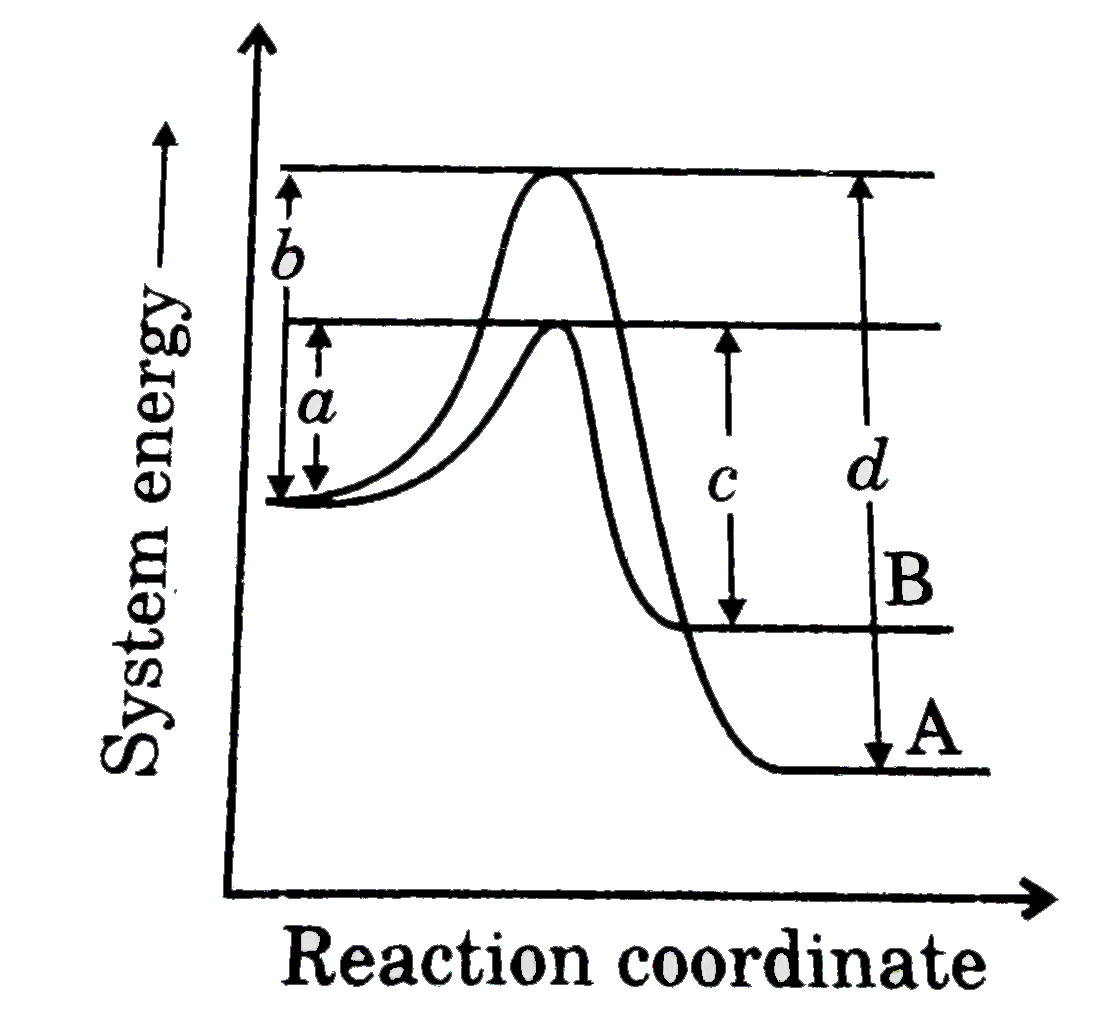 View Solution
View SolutionIf the B-H curves of two samples of P and Q of iron are as shown below, then which one of the following statements is CORRECT?
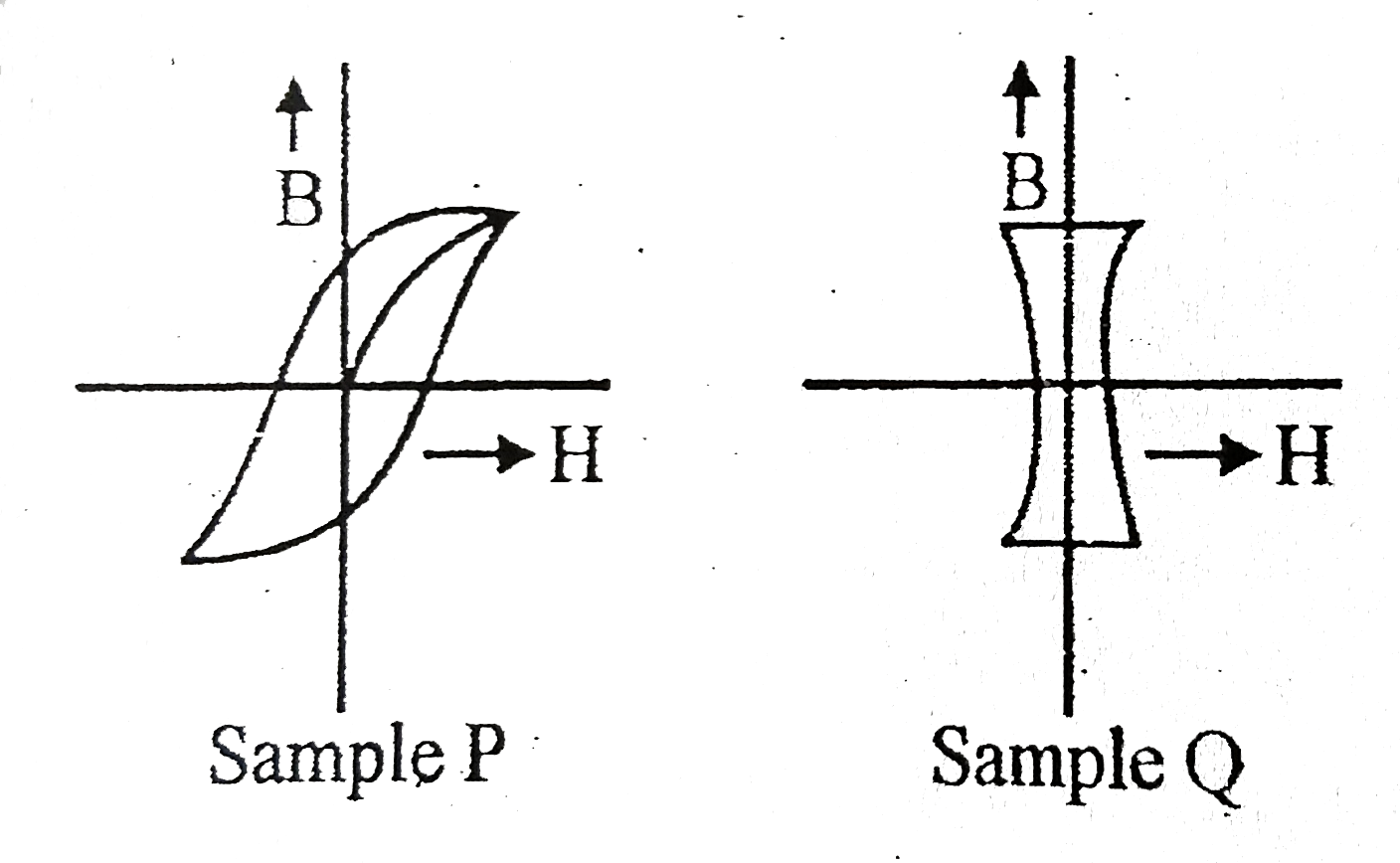 View Solution
View Solution

